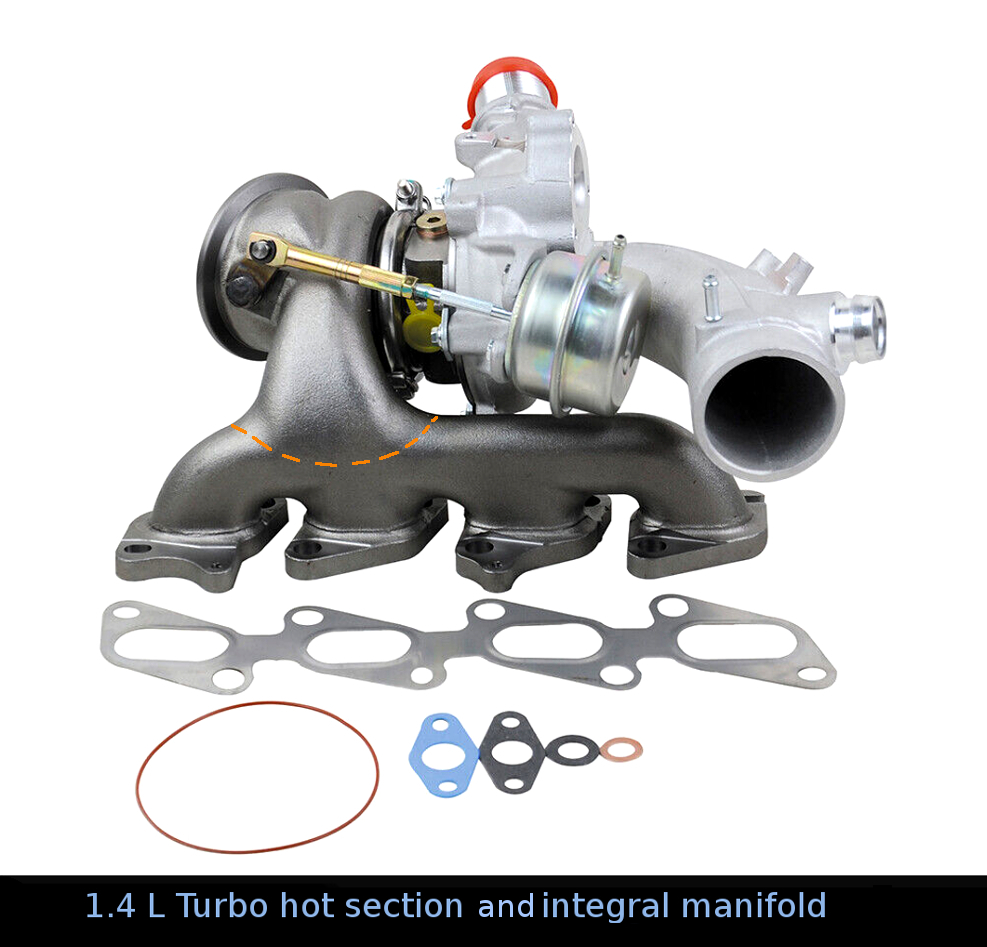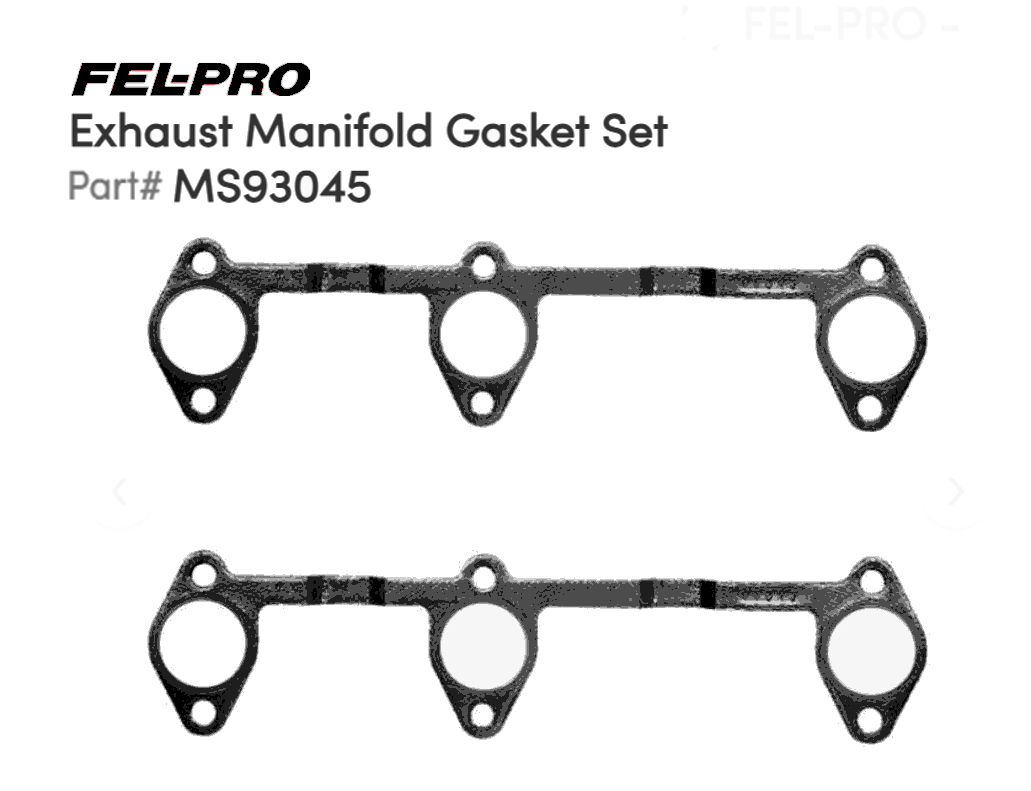
 
     |
| Question about using Turbo's on a motor (Page 4/4) |

|
Trinten
|
DEC 21, 12:22 AM
|
|
OldsFiero - I am envious of your really slick drivetrain creeper! That is a super clever idea and gives a lot more control than my "drop the cradle on it" design. I might have to look into making something similar, that's inspiring!
I'm also envious of your very professional heat shield install. Your template was spot-on. I hope when I redo my bulkhead insulation I can it close to looking as good.
|
|

|
Valkrie9
|
FEB 18, 09:16 AM
|
|
|

|
zkhennings
|
FEB 19, 10:26 PM
|
|
I wouldn’t want to have twin turbos just due to complexity. There is twice as many parts to fail, vacuum lines, oil lines, coolant lines, exhaust flanges can leak, and it is heavier. There’s also many nice examples of well done V6 turbo setups on this forum, the Fiero engine bay gives lots of options for turbo placement that makes a big single no problem with a nice short exhaust.
I could see a benefit to twin turbos being that there are many factory turbos viable as options, so tons of cheap oem jukyard parts available. But I personally wouldn’t do it when a good single turbo setup will be just as powerful and much cleaner.[This message has been edited by zkhennings (edited 02-19-2023).]
|
|

|
Valkrie9
|
FEB 22, 08:21 AM
|
|
Bugatti
EB 110
Ferdinand Piëch did it a different way, used four.
Drawing the proposal on the back of an envelope.
' Four ? '
' Yes '
' Ok '
I am certain that no more than eight cylinders have been swapped into a Fiero, so far.
He.. he.. he..

Not like the concept and practice is something new, since 1988.
More than a third of a century.
 [This message has been edited by Valkrie9 (edited 02-22-2023).]
|
|

|
hnthomps
|
FEB 22, 08:57 PM
|
|
It is interesting that today some vehicles use twin turbo as a stock engine. The Ford Expedition is one of them. They replaced the NA V* with a twin turbo V6. The HP rating is almost the same and the turbo engine is 3-4 mpg more efficient than the NA vehicle.
Nelson
|
|

|
IMSA GT
|
FEB 22, 09:08 PM
|
|
|

|
Valkrie9
|
FEB 23, 01:13 AM
|
|
|

|
Valkrie9
|
FEB 25, 01:17 PM
|
|
The first question in the first place.


Log manifold + log manifold, plasma cut, then prep ground to fit at the mouth of the manifold collector.

xxx wrong photo !
Front Side
xxx wrong photo !
Rear Side
Sure.
Entirely possible to adapt these manifolds to a 2.8 - 3.1 cylinder head.
Probably simple enough to cut and shut all the exhaust port flanges to the 2.8 - 3.1's pattern.
Cut and prep the four factory manifolds on strategic lines, weld, re-assemble.
Make room on the front and rear sides of the engine, route exhaust, cats, mufflers, resonance chambers, tips.
Definitely will be needing some welding rod.
Having a professional welder do the job is a sound plan.
ARC Magazine TV

This is a huge job, not as simple as it may seem.
The benefits of a glowing pair of turbo hot sections will be borne out in the dyno and track testiing.
The engine's internals modified to maximum durability, in anticipation of tripled power.
Snapping transaxle parts at will !

G6 !
6T70 !

 [This message has been edited by Valkrie9 (edited 02-28-2023).]
|
|

|
Corsair231
|
FEB 28, 01:56 AM
|
|
I think the easiest way, well maybe not easy due to rarity, but the simplest way to get a 3.1 turbo set up would be from the factory. In 1989 and 1990, Pontiac made a Grand Prix Turbo and GP STE Turbo.
https://www.hemmings.com/st...iac-turbo-grand-prix
They came with a single turbo, intercooled 3.1 running 11 pounds of boost, (if I remember correctly. It was in '92 when I had mine) and made 205 hp. I believe it used a Mitsubishi turbo. You can occasionally find a set of the manifolds for sale on fleabay or C-list. If you had a donor car, I bet the computer swap and wiring harness mods would not be too difficult and may even have some common circuits being from the same basic generation at Pontiac. This would get you factory spec engine management and an already beefed-up engine built for boost. You would only need tuning if you wanted to turn it up even more. I'm not sure, but you may be able to get an e-prom chip burned for these without much trouble.
| quote | Originally posted by hyperv6:
Don the TTypes we’re available back to 1977. The early cars lacked the later water cooled housings and most died at 30k miles. It was big business taking these cars and replacing the Turbo with a 4 barrel intake. The EFI car were where the new engine package with the better turbo units were added along with better oils and an intercooler.
No matter the car Monte Lesabre etc these early engines were not very well done. It was 1984 before they started to get them right.
|
|
Just to provide a little information about GM's turbo G-bodies.
The T-Type name didn't come out on the Regal until 1983. Prior to that they were called Sport Coupes. The Regal Sport Coupe and it's turbocharged 3.8, 231 ci engine, debuted as a 1978 model, and it was produced until 1982. The Monte Carlo Turbo was a two-year only production in 1980 and 1981 with the same Buick engine as the SC. The Grand National began as a 1982 model but was not black, it was a two-tone gray. There were about 215 produced with just a few of them turbocharged. Most had a n/a 4.1. The GN went away in 1983, leaving the T-Type as the only boosted Regal. You are correct that it was in 1984 when they started to get them right. In 1984 the, black and bad GN came out, but it was the jump to fuel injection (SFI) and distributorless ignition that made the turbo Regals come alive. In 1986, an intercooler was added that allowed more boost and defeated heat soak problems and the legends were born.
In 1987, the T-Type nameplate went away and the non-GN cars got a simple T emblem and were called a Regal Turbo. The "T" does not stand for turbo like most people think. It actually stood for the touring suspension package that was required on all turbo cars. The same suspension could be had on V-8 Regals which is why you have non-turbo, "T" cars powered by an Oldsmobile 5.0/307 ci engine. In 1987, the GN finally became its own model and was coded into the vin. Prior to that, GN was just an appearance package added to a T-Type car. The only differences were a GN had a fully blacked out exterior, specific chrome wheels, a two-tone interior, and a spoiler as part of the package. With the exception of the 547 GNX's which received special treatment from ASC/McLaren, all GNs and TRs are, front to back, mechanically identical. There were a few other special models such as the Limited and the WE4 but those were strictly appearance and trim packages.
The Buick's turbo 3.8 came back to life at Pontiac with a few changes in 1989. There were 1555, 20th Anniversary, Trans-Am Turbo editions produced. These cars made a lot of Pontiac purists mad when they came out because it was the fastest Trans-Am produced, but it wasn't Poncho powered. Many people think the GMC Syclone and Typhoon use the same engine as the GN but it does not. They Sy/Ty's use a 4.3 Chevrolet engine.
Buick SFI engines used Garrett AiResearch turbos and were air/oil cooled. They did not have water cooled turbos. I can't say for sure about the carbed cars, they may have been water cooled, but I don't think they were. A lot of the early turbo deaths were due to heat soak and lack of proper maintenance and cool down procedures plus Buick's oiling system does leave something to be desired in the blow thru set-up's location. Fuel hitting the compressor blades didn't help, causing increase strain and wear on the turbos. Fuel injection cured some of these problems and allowed some layout changes for the engine that made a world of difference in their ruggedness.[This message has been edited by Corsair231 (edited 02-28-2023).]
|
|
    
  |
|















